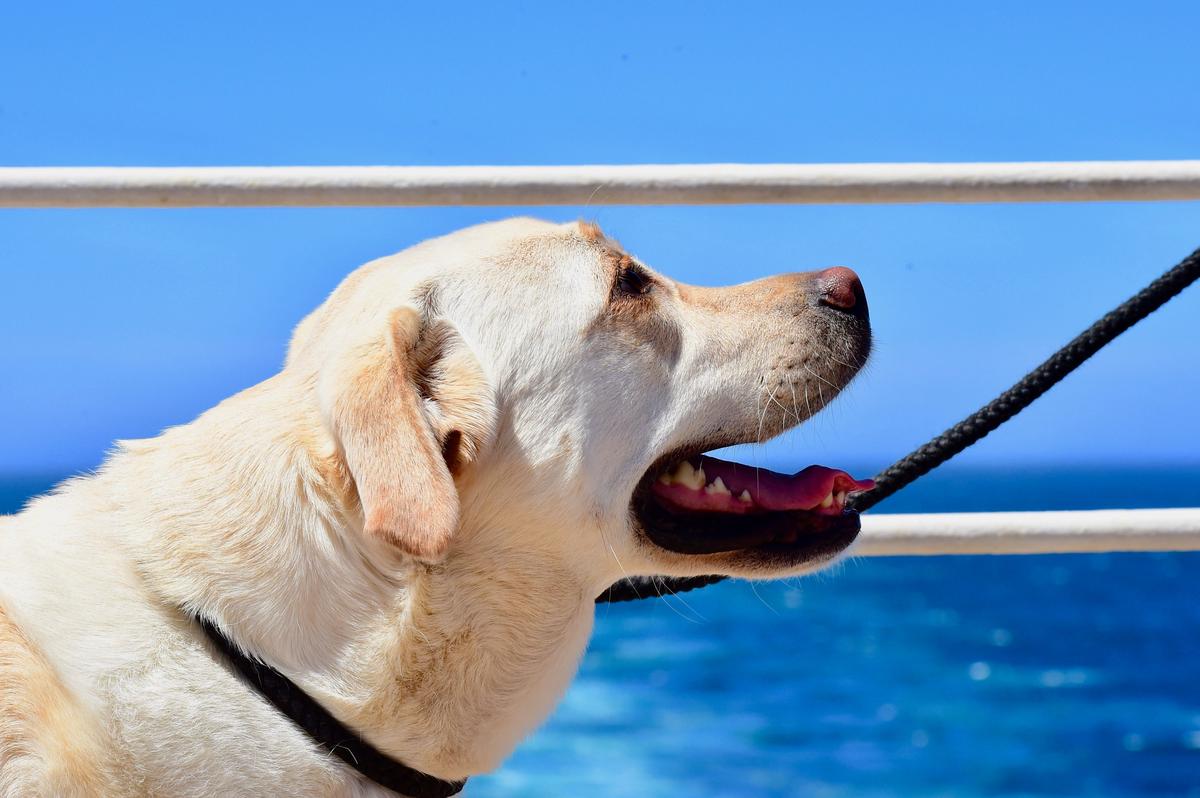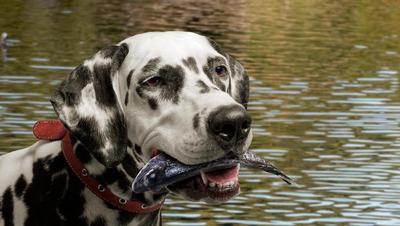🐟 Can Dogs Eat Fish Sticks?
Well fish is healthy right? So this must be good for dogs? - We uncover the truth
 happy dog at sea
happy dog at sea
Summary
Dogs having fish sticks - Advice
First and foremost, it’s important to always check the ingredients, this is to ensure there’s no seasoning, in particular look out for onion or garlic since these are toxic and dogs shouldn’t consume as part of their diet. Whilst dogs can eat fish, just like humans they can have allergic reaction, so be mindful if this is the first time your pupper is consuming. The fish used in fish sticks is usually pollack 🐡 which is not one of the species of fish that is known to be good for dogs.
An easy way of testing for an allergic to fish is by doing a skin test. Skin tests for dogs involve putting a small amount of the fish in question on the skin. If your dog has a reaction, you will know that he/she is allergic.
Ingredients

Depending on the manufacturer and where you buy these in the world, the contents and quality can vary massively, from breaded to battered and from pollack to haddock or cod, always read the labels to make an informed decision. Let’s go through a breakdown of 100g fish sticks:
Fish type: Pollock (53%)
- ⏲Kcals: 231
- 🧈Fat: 12.8g
- 🍞Carbs: 20g
- 🥩Protein: 11g
- 🧂Sodium: 0.8g
Watch out for:
❌ Calories
Be mindful of the calories here, depending on the size of your dog, they may not require more than 300 kcals in a day, think about their activity level and what they’ve had to eat that particular day.
❌ Sodium
The salt content is a little high considering the portion size but shouldn’t cause your dog issues providing they’re healing. According to Small Animal Toxicology. 3rd edition issues of salt overloading can occur at 2g for very small dogs or puppies, so don’t feed them too many!
👀 In addition check for:
- Garlic and garlic powder
- Onion and onion powder
- Wheat (if you dog has a problem with gluten)
Conclusion from Dog Eats
A fish stick or two on the odd occasion should be safe for your dog, just don’t combine it with other non pet food or anything with a high amount of sodium.